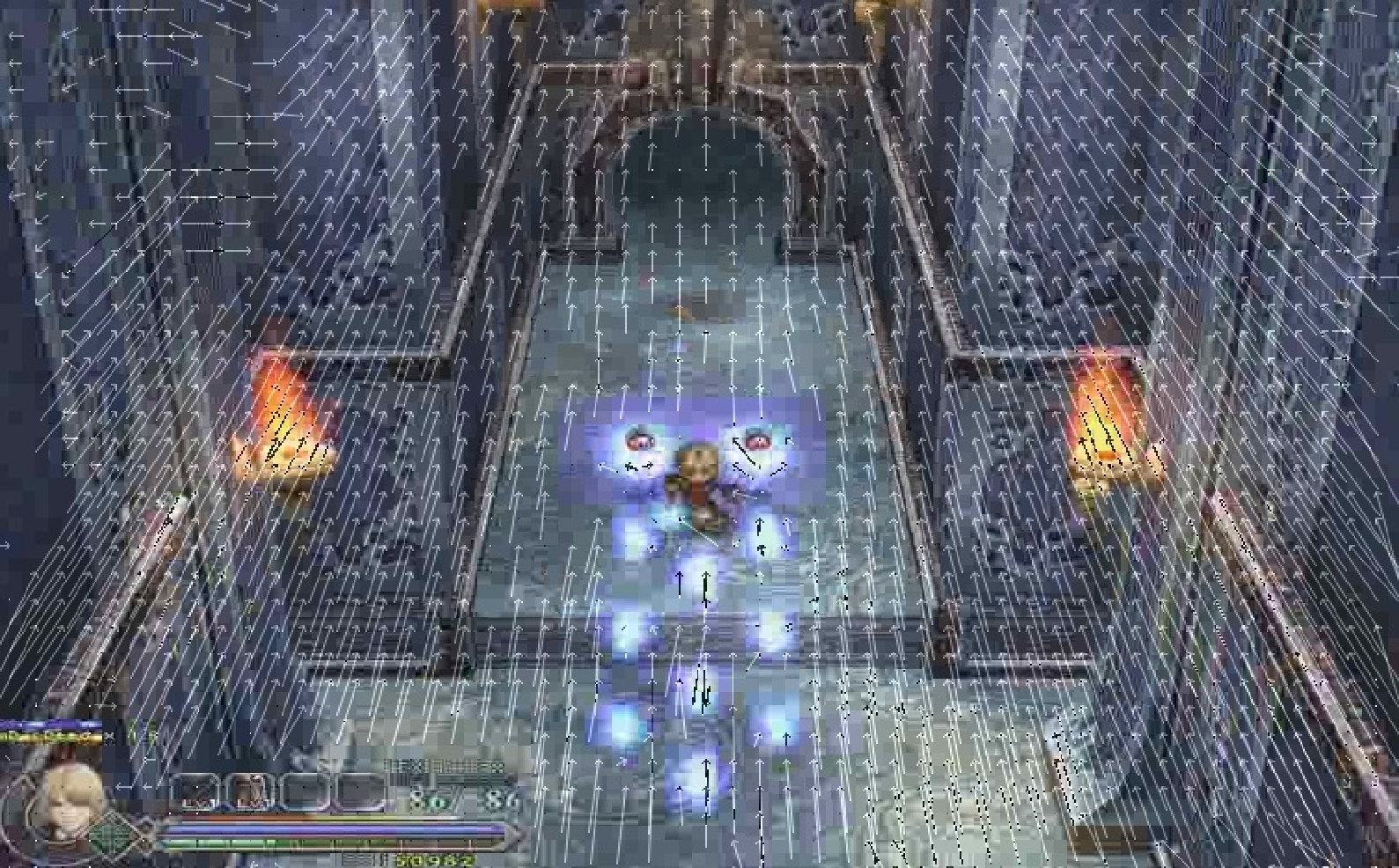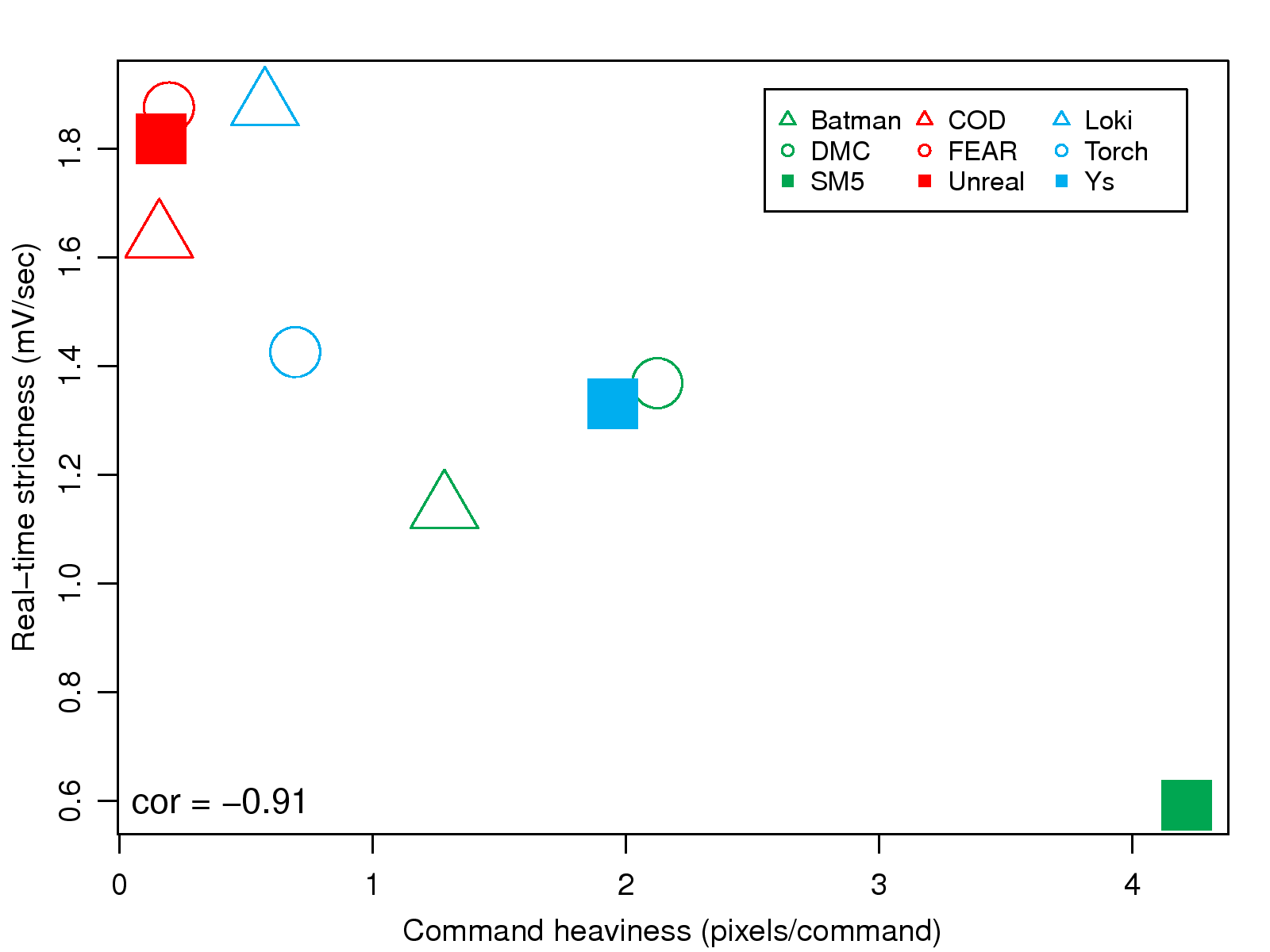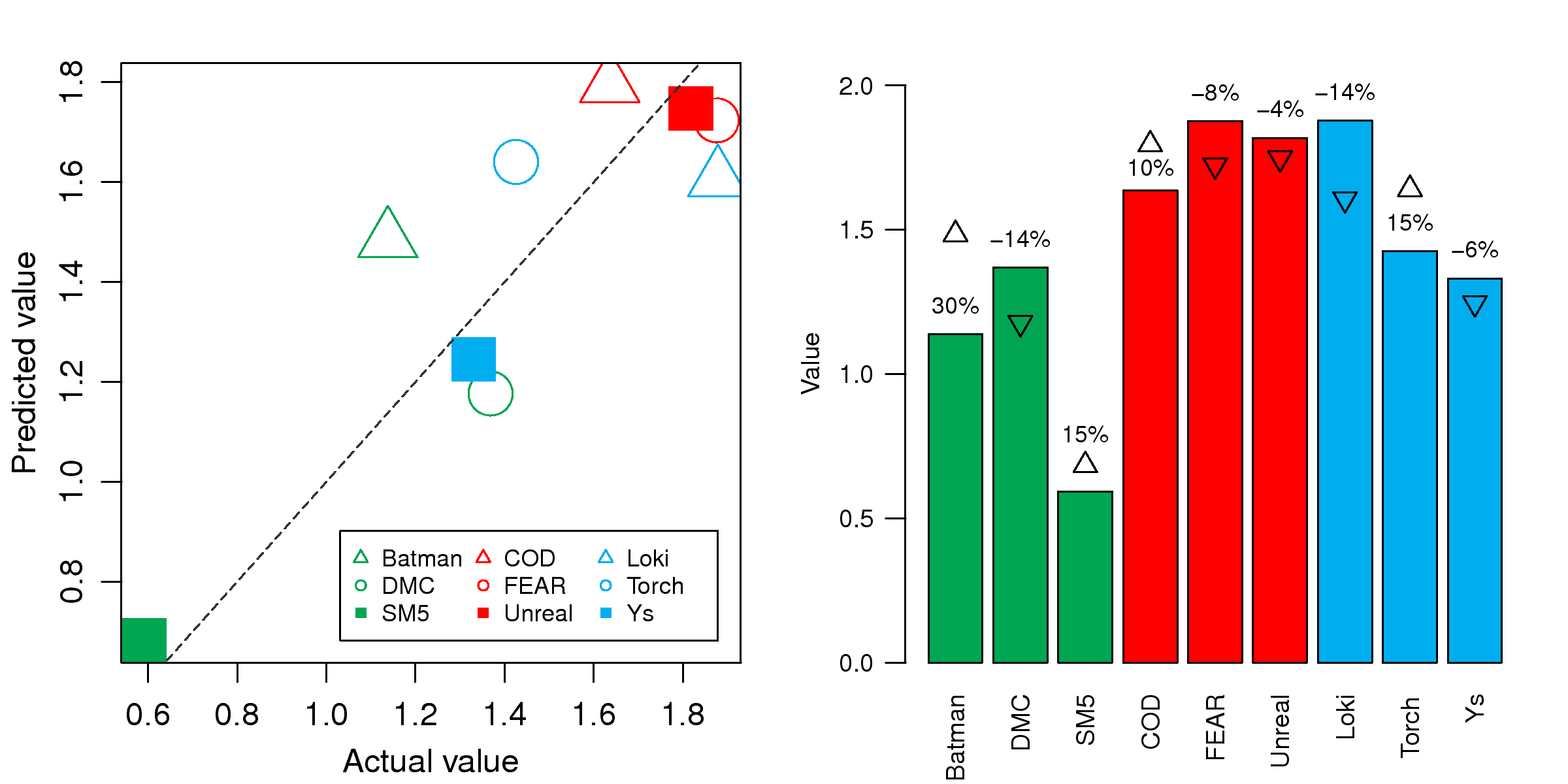[1]
Y. W. Bernier, "Latency compensating methods in client/server in-game protocol
design and optimization," in
Proceedings of the 15th GDC, Mar 2001.
[2]
Y.-C. Chang, K.-T. Chen, C.-C. Wu, C.-J. Ho, and C.-L. Lei, "
Online Game QoE Evaluation using Paired Comparisons," in
Proceedings of IEEE CQR
2010, June 2010.
[3]
Y.-C. Chang, P.-H. Tseng, K.-T. Chen, and C.-L. Lei, "
Understanding The Performance of Thin-Client Gaming," in
Proceedings of IEEE CQR 2011,
May 2011.
[4]
K.-T. Chen, Y.-C. Chang, P.-H. Tseng, C.-Y. Huang, and C.-L. Lei, "
Measuring The Latency of Cloud Gaming Systems," in
Proceedings of ACM Multimedia
2011, Nov 2011.
[5]
K.-T. Chen, P. Huang, and C.-L. Lei, "
How Sensitive are Online Gamers to Network Quality??"
Communications of the ACM, vol. 49, no. 11, pp.
34-38, Nov 2006.
[6]
M. Claypool, "Motion and scene complexity for streaming video games," in
Proceedings of the 4th International Conference on Foundations of
Digital Games, ser. FDG '09. ACM,
2009, pp. 34-41.
[7]
M. Claypool and K. Claypool, "Latency and player actions in online games,"
Communications of the ACM, Nov 2006.
[8]
U. Dimberg, "Facial electromyography and emotional reactions,"
Psychophysiology, pp. 481-494, 1990.
[9]
C.-L. Hsu and H.-P. Lu, "Why do people play on-line games? An extended TAM
with social influences and flow experience,"
Information and
Management, vol. 41, no. 7, pp. 853-868, 2004. [Online]. Available:
http://dx.doi.org/10.1016/j.im.2003.08.014
[10]
M. Jarschel, D. Schlosser, S. Scheuring, and T. Hossfeld, "An evaluation of
QoE in cloud gaming based on subjective tests," in
Workshop on
Future Internet and Next Generation Networks, Jun 2011.
[11]
J. T. Larsen, C. J. Norris, and J. T. Cacioppo, "Effects of positive and
negative affect on electromyographic activity over zygomaticus major and
corrugator supercilii,"
Psychophysiology, pp. 776-785, Sep 2003.
[12]
N. Lodge and D. Wood, "New tools for evaluating the quality of digital
television-results of the MOSAIC project," in
Broadcasting
Convention, International (Conf. Publ. No. 428), Sep 1996, pp. 323-330.
[13]
L. Pantel and L. C. Wolf, "On the suitability of dead reckoning schemes for
games," in
Proceedings of ACM NetGames'02, 2002.
[14]
S. Perlman, "Introducing the OnLive game system," Nov 2010. [Online].
Available:
http://blog.onlive.com/2010/11/17/introducing-the-onlive-game-system/





